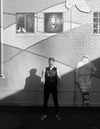Mutilated to set an example
She had died for something
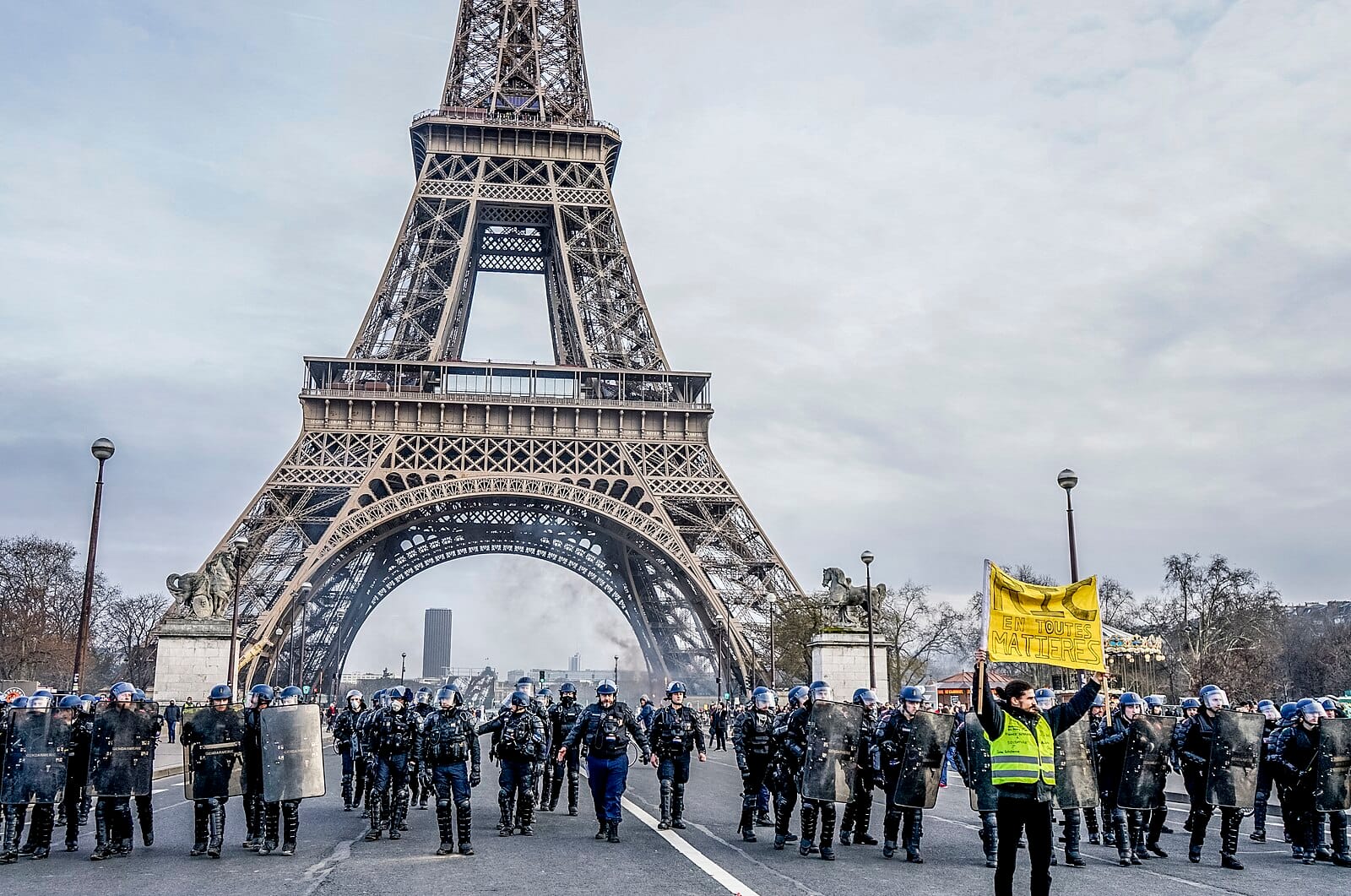
Today Olly Haynes reports on the lasting effects of the Gilets Jaunes movement six years since it erupted, the tenuous state of democracy in France, and the country's own repressive police violence against protestors.
"At a time where political discontent in France has reached ever further depths, some groups are attempting to revive the movement, and newspapers have been speculating nervously that the “social climate” might again be ready for another yellow-vested explosion," he writes.
You can also read the piece directly here.
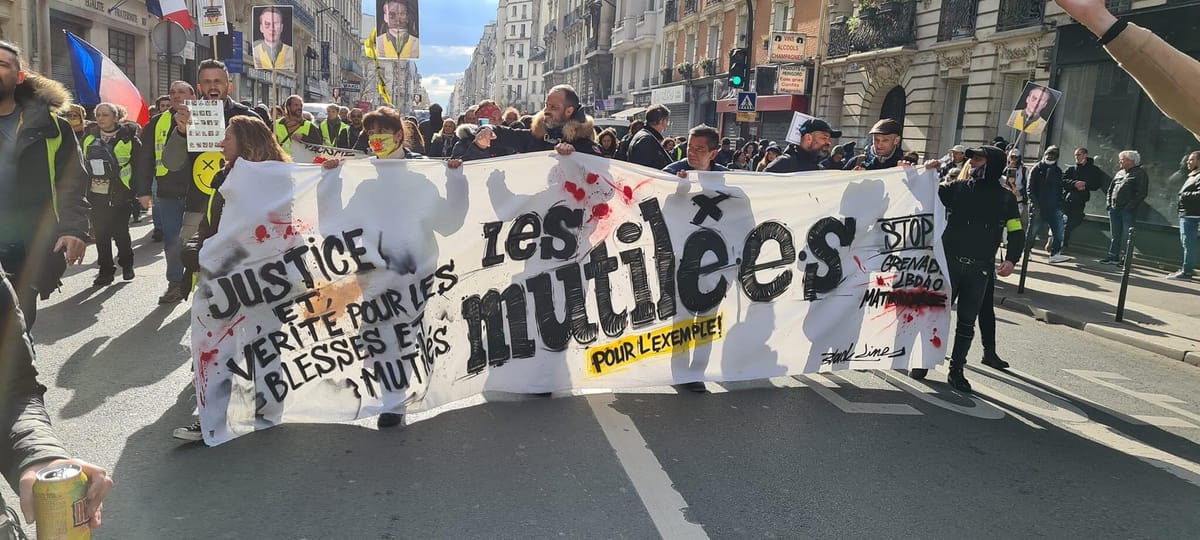
He talks to a protestor who – like a number of others in the movement – had her eye shot out by police. It's a story with troubling echoes to what happened during the BLM protests to people like our friend Linda Tirado and others.

Then a bunch more from me for paid subscribers below including the latest edition of Notable Sentences and the 17 best songs of 2009 for some reason.
Please help pay our contributors. It feels good to support independent media!
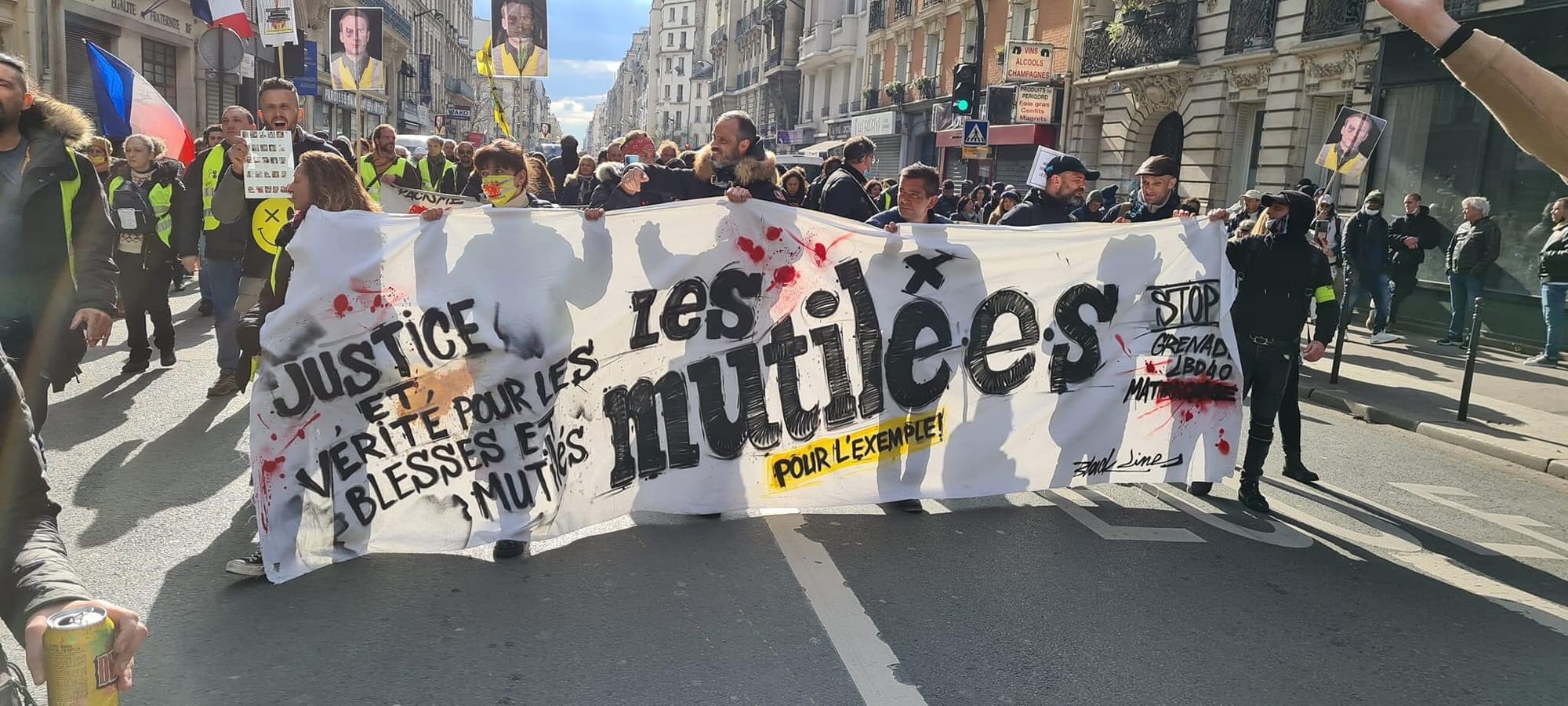
This was about more than fuel
by Olly Haynes
There was going to be a massive protest in town, my landlady told me. I’d better not go down she said. It was six years ago this month and I was living in Troyes, France, a small city in the Champagne region. She was an affable woman who voted for the Gaullists and then Macron in the interests of “stability,” though her warning wasn’t entirely the predictable hysteria of a conservative fearing the mob. I went anyway. Six years on and the Gilets Jaunes, or Yellow Vests, are celebrating the anniversary. At a time where political discontent in France has reached ever further depths, some groups are attempting to revive the movement, and newspapers have been speculating nervously that the “social climate” might again be ready for another yellow-vested explosion. Others still are struggling for justice for the violence they suffered during the course of the first revolt, preoccupied with piecing their lives back together.
When I arrived in the town square that day, there was a sea of yellow high-vis jackets, emblazoned with slogans, and images of the Marianne. I asked around, rather naively, about why people were opposed to Macron’s increase in the tax on fuel. At the time it seemed to me an ecological measure aimed at saving the planet from inevitable ruin by fossil fuels. Some answered succinctly, arguing that Macron didn’t really care about the environment, and that this was an attempt to make up for the shortfall the French state incurred following its recent tax cut on the ultra-wealthy. An alarming number of others denied the existence of climate change outright.
Like lots of people, I initially assumed the movement was coming from the far-right. For many in the French political establishment, such as then Labor minister Muriel Pénicaud, who warned before the first protest even happened that this cause was “being recuperated by extremists,” this was a convenient way to discredit the protests. After all if they were far-right thugs then they could be safely ignored.
The reality was far more complex. In the case of Troyes, there was in fact a genuine overrepresentation of the far-right, who were highly organized in the département (county) of Aube, and made links with the movement early on, as academic Stathis Kouvelakis found when he visited the region on his tour of the nation’s roundabouts.
4,000 people turned out in Troyes that day, a huge number for a city of 60,000. Everyone knew someone who was a Gilet Jaune. What was particularly striking to me was the anger and the frenzy of the movement, which seemed out of place in this idyllic market town. I saw protesters scream ‘wanker’ at a driver, who then panicked and almost hit them, retrospectively justifying the invective. Later as the march moved to the town hall people climbed the gates and yelled as they banged against them. Others threw debris towards the building, the most obvious symbol of the Republic in their vicinity. Looking back, even as early as that first protest, there were clear signs that this was about more than fuel. A couple of cops who were well outnumbered looked on without getting involved, though this policy of non-interference would prove short-lived.
The death count stood at one by the end of this first day. In Savoie, in the mountains, a woman called Ginette, who according to the people that knew her was protesting for the first time in her sixty years on Earth, suffered cardiac arrest after being run over by a driver that was frustrated with the protesters. The paramedics unfortunately were unable to revive her. Her daughter, Fanny, told the newspaper Liberation that “she had died for something.” It seemed like a strange response to give when taking that first day in isolation, but within weeks it became apparent that it was true. Ginette had died taking part in a movement that aroused enormous passions, wearing a symbol that would become iconic.
The Gilet Jaune movement was comprised largely of working class and petite bourgeois people living in the countryside and peripheral towns who had seen their living standards decline since the onset of the euro crisis. Many had become disillusioned with democracy after the 2005 European constitution referendum in which the people voted against ratifying it, but it was approved by the government anyway. Or they dropped out of voting when Francois Hollande was elected as the “soak the rich” president, but ended up implementing austerity and neoliberal labor reforms. Where they did vote it tended to be for Jean Luc Mélenchon on the radical left, or Marine Le Pen on the far right, both challengers (Mélenchon actually, Le Pen ostensibly) to the established order.
This anger at the rising cost of living and the sense of democratic crisis resulted in an ambient build-up of social tension, like a boiler on the verge of exploding. What triggered the outburst was the presidency of Emmanuel Macron, a former Rothschild banker, an elite educated civil servant turned economy minister in the aforementioned Hollande government, who made statements brimming with class hatred like “in train stations you see two types of people: those who succeed and those who are nothing.” Macron personified everything that the Gilets Jaunes hated about the political elite, and when they protested, gathering on the roundabouts to stop traffic, and marching in the city centers, one demand resonated with everyone in the movement, no matter the ideological stripe: Macron Démission (resign Macron).
When Macron cancelled the hike on the fuel tax three weeks into the protests, the Gilets Jaunes did not stop. Instead, they turned their attention to democratic reform, proposing a new constitutional tool called the Citizens Referendum Initiative, which would have made it easier for ordinary people to propose policies if they proved popular enough, and also demanded greater social protections and fairer pricing. They also continued to demand that Macron resign. Macron failed to pacify these demands when he offered a modest increase in the minimum wage and a simulation of democracy, called the Great Debate, in which citizens and experts were consulted on politics, (the proposals of which he promptly ignored.) The anger unleashed was spectacular. In December 2018 they famously graffitied the Arc de Triomphe and a statue of the Marianne had her face smashed in, such that it was missing an eye, in an eerie premonition of what was to follow. Early in December a crowd of Gilets Jaunes chased Macron’s car away in an episode that left the president rattled. One Macronist MP told Politico in October this year that the president remains “traumatized” by the movement to this day.
This was when things began to turn. The police had responded with intense violence from early on, but it became clear that this wasn’t just cops acting like cops. This was political policing; their treatment of the protesters was endorsed tacitly (or perhaps explicitly) by the government. In March 2019 Didier Lallement was appointed as Paris police chief by the government precisely because of his expertise in repressing Gilet Jaune protests in Bordeaux. I was in crowds that were teargassed several times during this period, including once while wandering Paris as a tourist without even meaning to get near the protests. Talk to activists in the banlieues and they will tell you that the violence against the Gilets Jaunes was an intensification of the everyday violence metered out against minority populations. The violence against the Gilets Jaunes sucked in bystanders caught in crowds of teargas. In 2023 the kettling and mass arrests against pension reform protesters drew in dozens of people who happened to be in the wrong place at the wrong time. When the state makes war on parts of the citizenry, the violence starts to touch everyone eventually.
The extent of the violence went much deeper than the regular use of tear gas. I also saw police regularly pull members of the crowd behind the police line, hammering them with batons and then leaving them bloody on the ground. The investigative journalist David Dufresne found that throughout the roughly 14 months that the movement was regularly active there were 998 serious incidents. This included 4 deaths, 6 hands blown off, 30 people blinded and 353 head injuries. The victims of this wave of brutality were not just protesters, they also included journalists, medics, passersby and teenagers supporting their parents.
On “Act 5” on Saturday December 15 2018, (the fifth weekly protest) Vanessa Langard, then 34, had turned up to protest with the Gilets Jaunes for the first time. She travelled into central Paris from the banlieue (working class suburb) where she lived, joining friends who had been out since the beginning.
Within minutes of gathering at the Champs Elysee, Vanessa was shot by a cop with a flash ball, a rubber bullet fired with the force of a handgun. “The protest started at two o’clock, by twenty past two I was on the floor. I hadn’t even had the time to protest, I was at the arse end of the crowd,” she told me.
She was filming at the time with her friend. “There were loads of police around, but we were saying hi to the camera. We have video proof that we were calm and weren’t troublemaking.” Her memory stops there. She can only recall parts of it now because there are videos that have helped her do so. She was shot in the head by a flash ball from around 10 meters, an illegal distance and an illegal angle from which to fire.
“Everyone was screaming, it was really weird. I didn’t understand because I was in shock. I heard them screaming Medic! Medic! I looked around for who was hurt, then something ran into my eyes and there was blood all over my hands.”
When I met Vanessa in her living room she was wearing glasses, one lens normal, the other severely tinted. The shock of the impact left her with brain damage and blind in one eye. She told me that if she removes the tinted lens, it’s like a harsh, painful light is shining in her face.
“I still have to do re-education every week,” she said. Her memory, concentration and parts of cognitive function were damaged by the flash ball trauma. She was alarmed when she first saw herself in the mirror after the injury. “I looked like Quasimodo,” she joked. It was only through reconstructive surgery and rounds of education and therapy that she was able to walk and talk again, although six years on she still hasn’t recovered fully. She sobbed as she told me that her mother sometimes tells her “I miss the old Vanessa."
The state has not been forthcoming with compensation for the Gilets Jaunes who were victims of police violence, attempting to minimize the amount paid out to €30,000 and “refusing to grant us victim status” Vanessa said, dragging on a cigarette to calm her indignation. It’s hard not to conclude that the reluctance to grant victim status to the wounded Gilets Jaunes is not just because of the “blue lives matter” style culture war the Macron government is waging over policing, but also because to grant them victim status would be an admission that they were wounded as a matter of policy by a government seeking to put down a citizen revolt. The Gilets Jaunes sparked an uneasy alliance between Macronism and France’s fascist police unions. The latter’s concerns were bumped up the agenda, and they suffered no serious punishment, even after two police unions issued a communique stating that the police were “at war” with “violent minorities” who are “pests” when riots broke out after the execution of 17-year-old Nahel Merzouk by police during a traffic stop.
Democracy in France is in a dire state. Macron ignored the results of the 2024 legislative elections in which the left coalition came in first, instead appointing a PM from the right. This new government, staffed largely by homophobic Catholic reactionaries, is propped up by Marine Le Pen’s extreme right RN party. Reports that were swiftly forgotten, revealed that Macronists held secret meetings with members of the RN to secure this deal. Earlier this year Liberation reported that Edouard Phillipe, a Macron ally, had been secretly dining with Marine Le Pen with the goal of establishing future elections as a battle between the center right and far right, of “project against project” with no “moral critique” of Le Pen’s proto-fascism. Making matters worse, the cost of living is higher now than it was in 2018, the government is planning further waves of cuts, and may have to pass its austerity budget by decree, adding antidemocratic insult to economic injury. Police violence too remains commonplace. Last year two environmental protesters were left in a coma after police used military grade weapons and fired 5000 rounds of tear gas in two hours at a protest against water hoarding in Sainte Soline. Although rumblings that the Gilets Jaunes could emerge again persist, a clear disincentive for large and buoyant protests has been established by the violence against them, the subsequent pension reform movement and environmentalists.
Vanessa, who lives in a small apartment on a state benefit paid out to disabled people, said that the thing that gives her hope is “the solidarity of her comrades," the love from the network she has found through the Gilets Jaunes, and the organization she founded to help victims of police brutality. The name of her group is apt, it sums up her situation thoroughly. Vanessa and the other injured Gilets Jaunes were “Mutilated to Set An Example.”
Olly Haynes is a writer in the UK who has written for The Guardian, Novara Media, Vice, Jacobin and others.
Here are some other recent pieces I recommend reading.
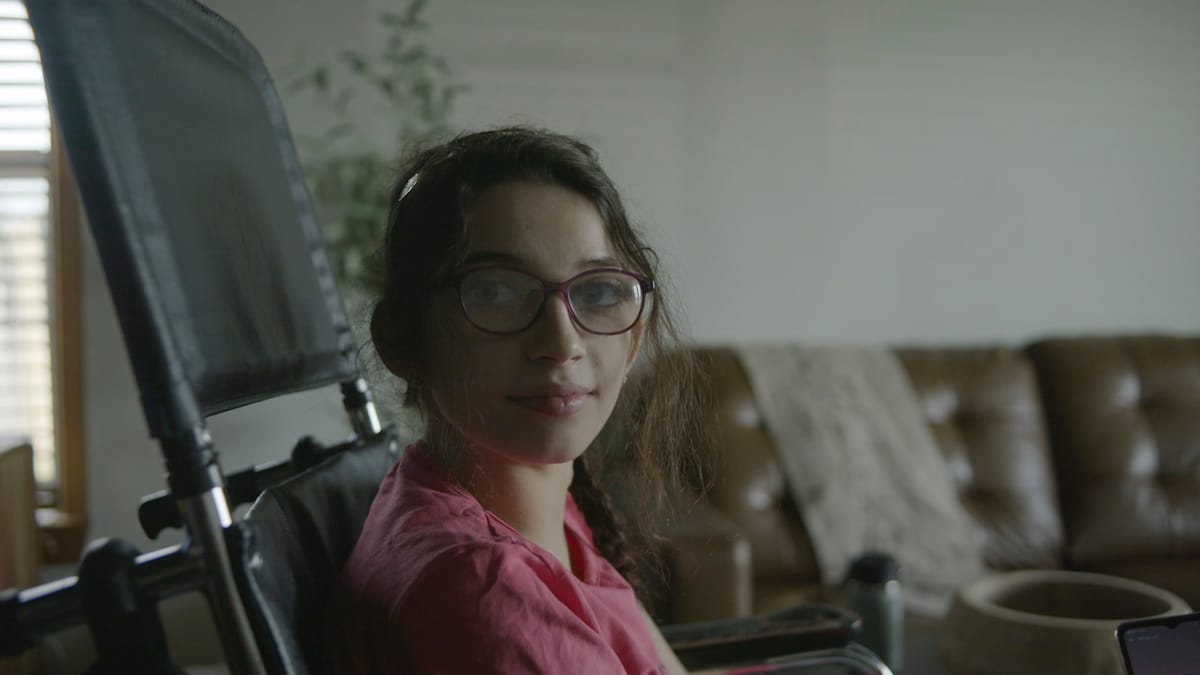
The heroic surgeon Ghassan Abu-Sittah goes on camera to estimate that he performed between 50 to 100 amputations during his 43 days in post-October 7 Gaza, half of them on children. It was more than he had ever performed in all his warzone experiences, from Iraq to Syria to Yemen to earlier wars on Gaza. Abu-Sittah explains that because a child's body is "programmed to grow," childhood amputations require repeated surgeries for years, as well as a host of new prostheses. His point seems obvious once he makes it, but it never would have occurred to me, because I have no medical background. As he flips through pictures on his phone from his operating theater, Abu-Sittah observes, "Sometimes the memories are so horrendous that you have to see it to believe that it did happen."
Bear witness to these slain and grievously wounded children as if they are your own children, for they are being killed with your money. In my case as a Jew, they are being killed with my money and in the name of my safety, and this is an obscenity I feel I can't ever fully express through language.

The lesson to take from this crushing loss is that #Resistance logic and its attendant electoral strategies are dead and must be buried. No more leaning on celebrities, no more odes to a political system that most people can’t stand, no more worshiping of cops in all their forms.
It’s absolutely imperative that the party start offering a vision of the future and a value proposition to voters instead of continuing to run on what they’re not and disciplining voters who dare ask the party to reflect their policy interests. Democrats need to marry their ideologies with class consciousness or risk wandering the wilderness forever. Medicare for All and a housing guarantee would be excellent places to start, as would providing material support for women whose reproductive rights have been curtailed, rather than stopping at empty promises to codify Roe. Most urgently, they need to meaningfully resolve the existential crisis they’ve created for themselves even without Trump’s help: becoming a party of war and genocide. Biden and Harris’s policy in Gaza absolutely played a role in sending Democratic turnout plummeting across the country.

When I hear about young men turning conservative, I see the idiots from the gym in their dollar-sign shirts. They are not enlightened—nowhere near it—but they are not explicitly hateful either. They think of themselves as open-minded, and to the extent that they believe the last thing they are told, they sort of are. They are aspiring scammers, though more likely than not they are being scammed. They’re willing to tolerate a lot of nasty shit—maybe they don’t believe Trump means it, maybe they don’t care, maybe they think he’s got a point—but it’s not clear that their hatred is what gets them out of bed. It’s not immutable, in other words.
For these guys, the difference between the left and the right is that one side are winners and the other are losers. The right is here to keep the scam rolling. The left, to these young men, are the losers being lost in the dust because they’re in denial about the country they live in. To these young men, the left says: follow the rules! Watch your mouth! Wait your turn! Play nice! To the left, these young men say: can’t you fucking idiots see that there are no more rules?
Also please watch this video of friend of Hell World and director of Fight for the Future Evan Greer confronting the fucking piece of shit ghoul Nancy Mace about her campaign of transphobia.
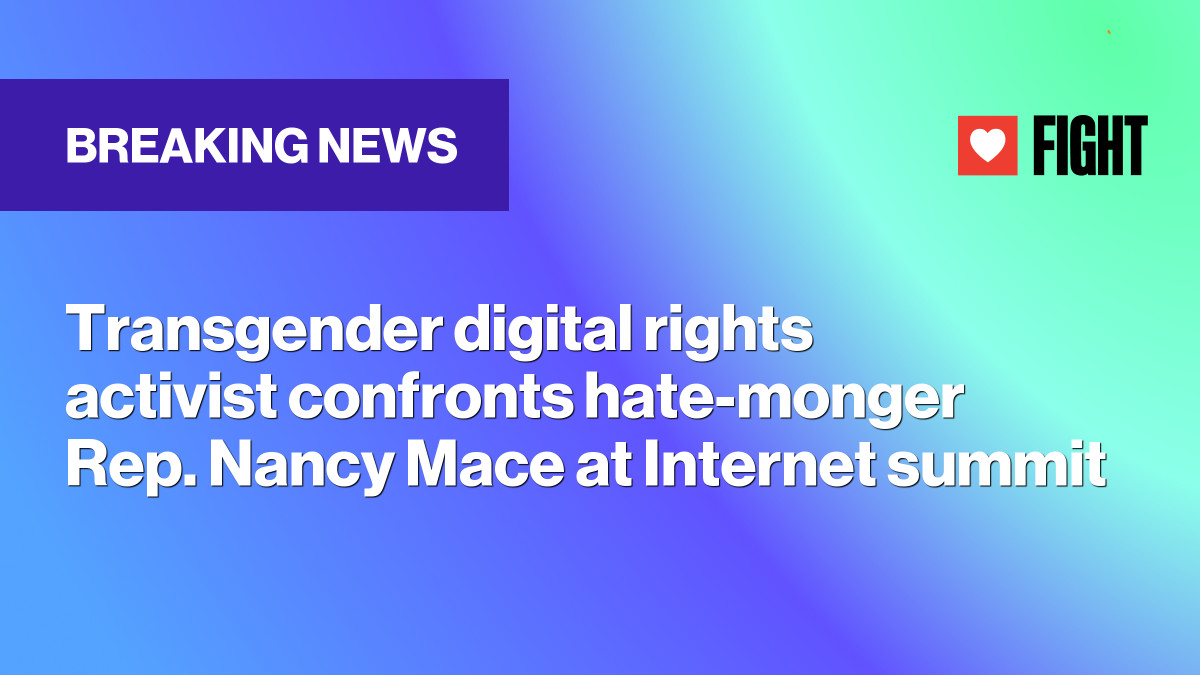
“We’ve had dozens of trans people die this year because of the lies you’re spreading. Is this the future of the Internet we want? Are we building an Internet with free speech and safety for all people? Or just the privileged few?" she asked Mace who again – and I cannot stress this enough – is a vile fucking monster.
Mace responded with a hateful "joke" and the crowd booed.
Greer wrote for Hell World last year about Congress' ongoing attempts to censor the internet.
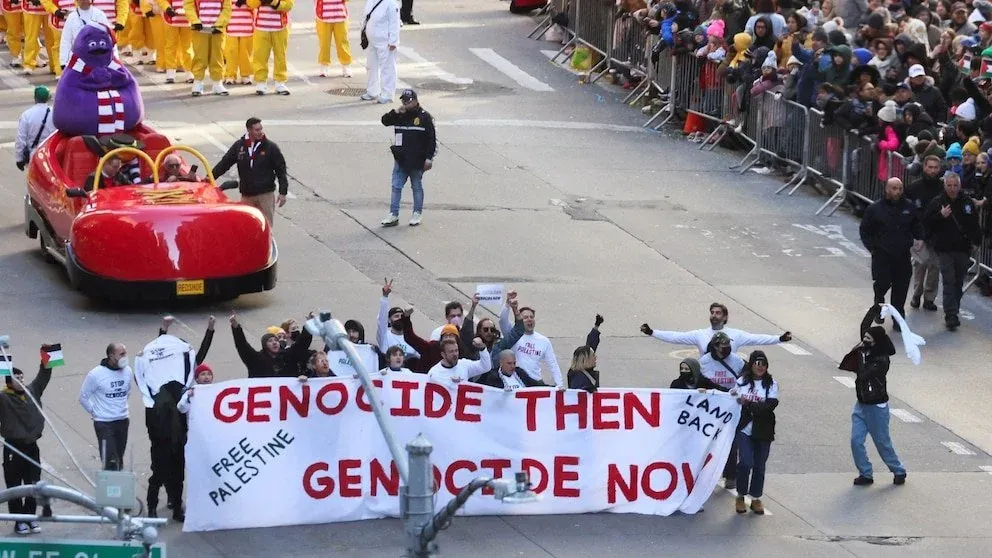
As they often do, the politicians and pundits pushing these Bad Internet Bills are exploiting legitimate fears and grievances, but pedaling false solutions. They point to legitimate problems: like pervasive online harassment targeting women and people of color, antisemetic and racist posts artificially amplified by profit-driven algorithms, and the spread of horrific child abuse material online. But rather than going after the business model, profit incentives and material conditions driving these harms, the proposals that have advanced the furthest in Congress have mostly focused on expanding government censorship and requiring tech companies to engage in more surveillance.
She also wrote about her favorite Oasis songs!

Continue reading for the latest edition of Notable Sentences and the 17 best songs of 2009. Please enjoy or recoil from them as the case may be.
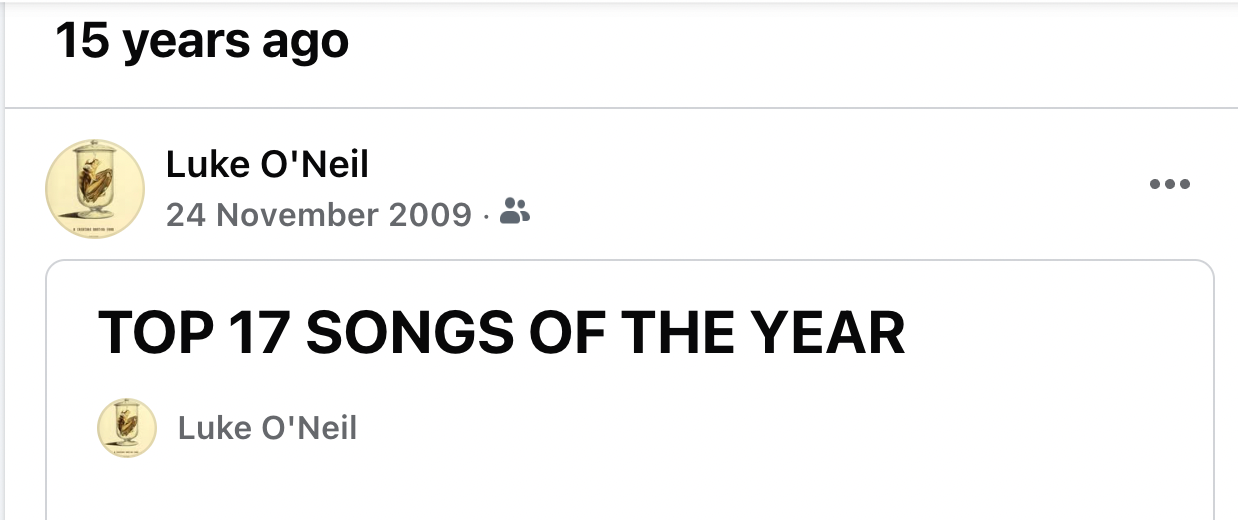
I used to hate the Facebook Memories feature but lately it's become one of the only things worth logging on there for. It's a platform with more past than future to it so it only seems appropriate. This memory that came up today was a fun one for me. There are so many great songs here that I had completely forgotten about. Man I was really into that electro-disco type of shit for a while there. Then again I was still using a lot of coke at the time and going out dancing so that probably explains that.
Sally Shapiro - Miracle
Faunts - It Hurts Me All the Time
